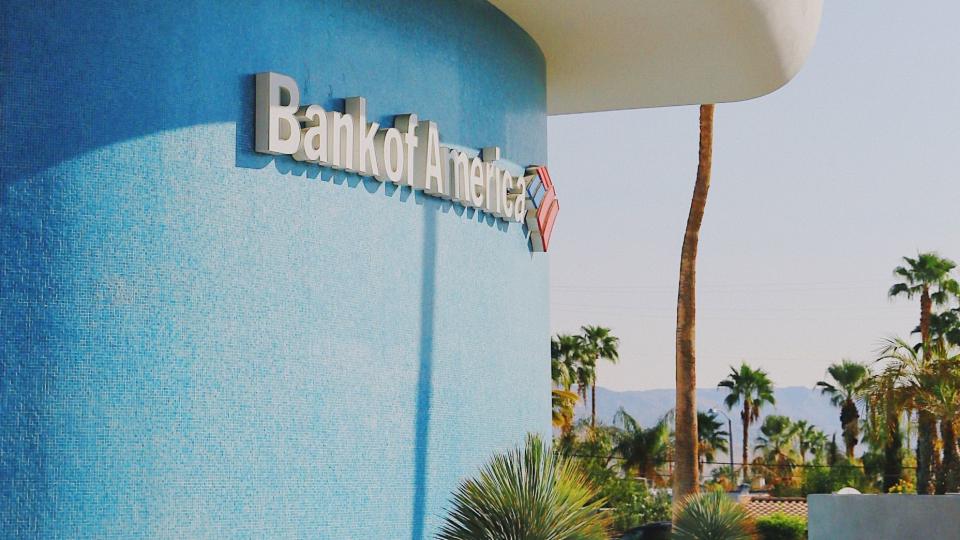Tokenization of Real-World Assets a Key Driver of Digital Asset Adoption: Bank of America

Join the most important conversation in crypto and web3! Secure your seat today
The tokenized gold market surpassed $1 billion in value last month as the tokenization of real-world assets gathers pace, Bank of America (BAC) said in a research report Thursday.
Tokenization is the process of putting ownership of tangible assets, such as precious metals, on the blockchain, and offers the convenience of buying and selling these assets around the clock because the transactions do not involve traditional brokers.
Bank of America sees the tokenization of real-world assets, such as commodities, currencies and equities, as a “key driver of digital asset adoption.”
Before the advent of tokenized gold, investors seeking exposure to the gold market could buy exchange-traded-funds (ETF) and futures, or those looking for exposure to physical gold could buy it through dealers, “but these investment vehicles come with drawbacks related to cost and/or liquidity,” the report said.
“Tokenized gold provides exposure to physical gold, 24/7 real-time settlement, no management fees and no storage or insurance costs.” The low minimum investment increases accessibility and “fractionalization enables the transfer of physical gold ownership and value that was not previously possible,” analysts Alkesh Shah and Andrew Moss wrote.
Tokenizing the precious metal could increase liquidity and enable investors to rebalance portfolios quickly and efficiently, the note said.
Tokenization of the gold supply chain could benefit ESG-focused investors that need proof that gold came from a specific mine or from a specific region, the report added.
